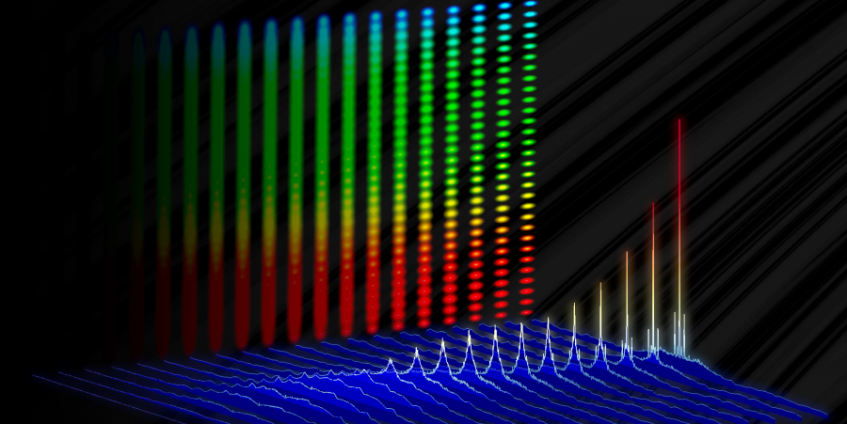an email newsletter released every month highlighting the latest articles, events, technical inquires, and voices from the community
Nanosecond vs. Femtosecond Pulse Width Lasers for Directed-Energy Applications

Posted on May 27, 2020 | Completed on February 19, 2020 | By: Scott E. Armistead
Have nanosecond vs. femtosecond laser trade-off analyses for directed-energy (DE) applications been done before?
DSIAC staff searched open sources and the Defense Technical Information Center’s Research & Engineering Gateway for relevant reports and studies and contacted DE subject matter experts (SMEs) at various U.S. Department of Defense, academic, and industry professional society organizations for their insight. No reports have been published that directly compared the performance of femtosecond vs. nanosecond, ultrashort pulse lasers (USPLs) used in DE applications (weapons, countermeasures, etc.). Most of the studies discovered are related to USPL use for ablating materials (to support manufacturing, sensing, etc.) and/or establishing filament channels to increase and improve propagation through the atmosphere and aid in dealing with atmospheric turbulence (turbulent flows) instead of any direct application with DE weapon systems. However, DSIAC compiled a list of related materials in a bibliography provided to the inquirer and made connections with SMEs at the U.S. Army Research Laboratory and Naval Research Laboratory for further discussions.
Want to find out more about this topic?
Request a FREE Technical Inquiry!

